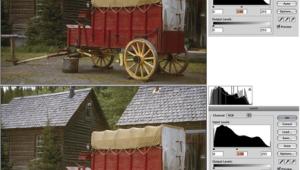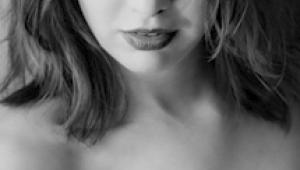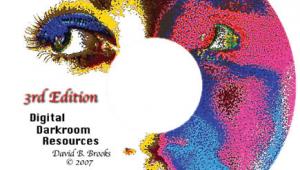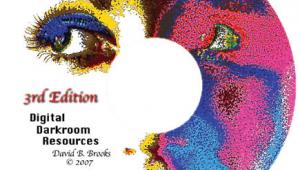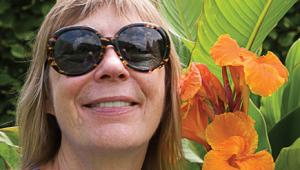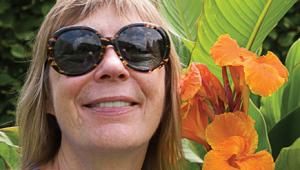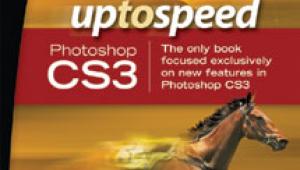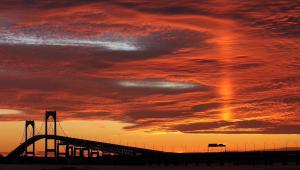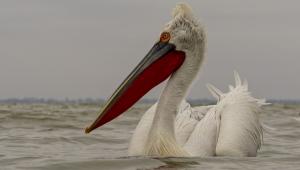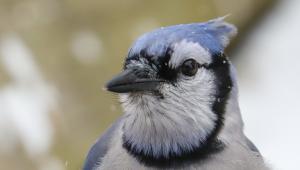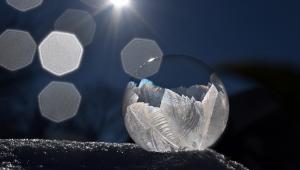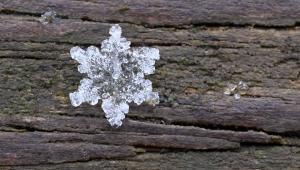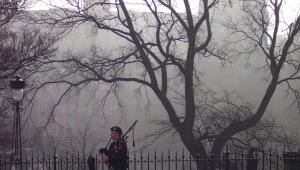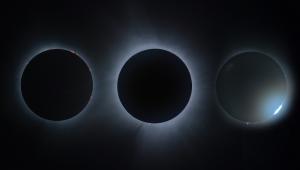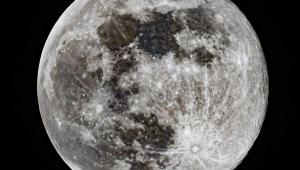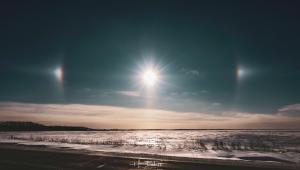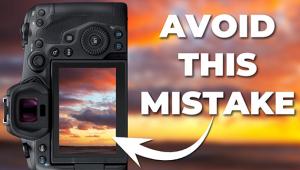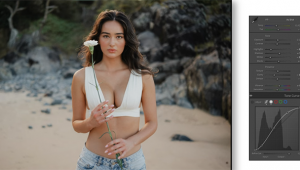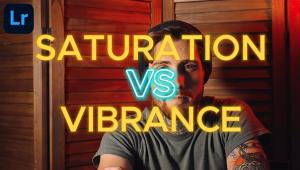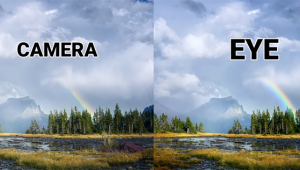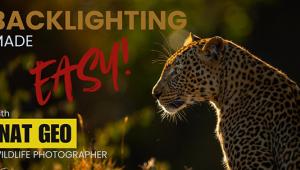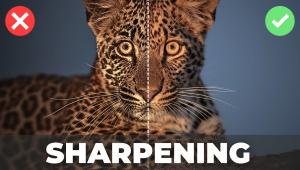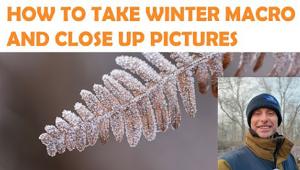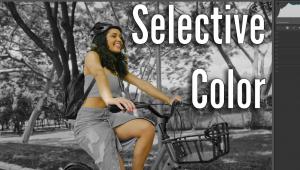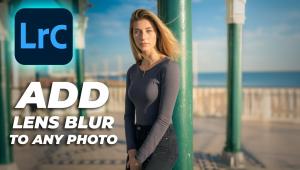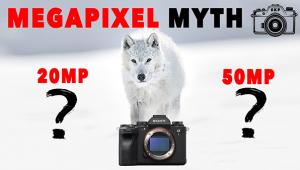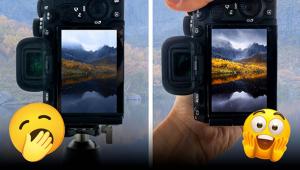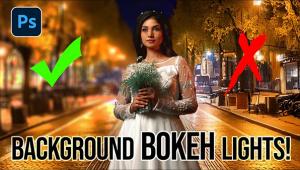Personal Project; Digital Capture Input: “Alternative” Output Page 2
Exposure times are dependent upon the time of day and year and
(as I found out while down south) latitude. The exposure times range from 5-10
minutes in the summer to 15-20 minutes in the winter, when the sun is lower
in the horizon. During the fall/winter in the South, specifically the Florida
Keys, the exposure time was 2-3 minutes. This was discovered through experimentation.
I usually print several prints for each color, as it is inevitable that some
are discarded along the way due to poor exposure, emulsion application, or bad
registration.
Regarding registration, I prick matching pinholes in all the negatives and the
paper. In order to line up the negatives on the subsequent exposures I line
up the pinholes with a pin and tape the negative in place.
Once exposed the prints were developed in warm water (the water had to be repeatedly
heated in a kettle on a two-burner propane stove--no hot running water
on-board) and hung up outside to dry.
"Prints Hanging To Dry" |
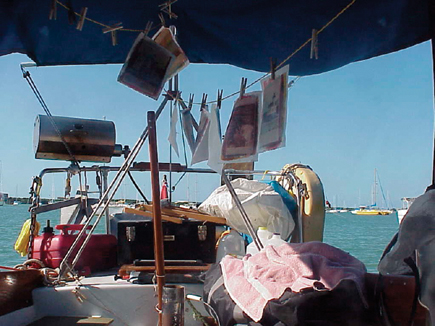 |
The next step was to repeat the whole process for the next color to be used in the print. Typically, I use a fairly detailed negative as my first negative and print it with a yellow ochre color. The next negative is of greater contrast and is printed using a reddish color. Another negative is used for a blue or green layer. The final layer of the print is of a burgundy color and is used to add depth to the shadows.
This pattern was repeated for several days, as another layer of color was added over another to create the richly colored, multilayered prints. The images that were created while at anchor were quite remarkable. Creating negatives on transparencies using an inkjet printer proved to be successful and the addition of elements from other photographs to a photograph helped complete the composition.
"Cypress Swamp" |
|
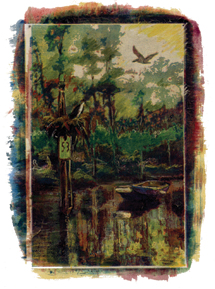 |
|
|
On our journey south, I had collected many interesting images,
some of which I wanted to further explore on our return trip, continuing to
capture images of life on the water. When we returned home, however, it was
spring and therefore many of the areas that I wanted to further explore earlier
were different. In order to produce photographs that expressed the mood and
effect that I wanted to express, I had to again create compositions from assorted
images.
I took countless pictures of scenes and objects that I could use in subsequent
compositions that would reflect my vision.
From these photographs, I would select one for the background and add elements
from other pictures, again using Photoshop. These different images would be
carefully blended together creating a seamless composition. The prints from
the images of the return trip were created once we were back at home.
I have continued to work in this process since my return, combining digitally-constructed
photographs with gum printing and now, also use it in applications such as wedding
photography. I place the subjects in a composition that is created to reflect
their character. People can be placed in any kind of scene, real or imagined,
as long as consistency is maintained in terms of lighting, shadows, and proportion.
"Studio At Anchor" |
|
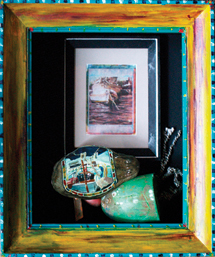 |
|
|
The result is a multilayered fictional composition, produced
digitally from multiple images on a computer and printed on watercolor paper
using a 200-year-old printing process, which gives the appearance of a highly
realistic, multilayered watercolor painting, all the while maintaining the photographic
qualities that are inherent to old alternative printing methods. These digitally
created images combined with gum-bichromate printing, express a richness and
warmth that leave a lasting impression. They are compositions that can evoke
feelings, moods, and emotions. Their painterly appearance and photographic realism
produce a unique effect. They are not a photograph but a true work of art.
Most recently I have taken the artistic process one step further by incorporating
the print in a painted frame and a painted coconut. The painted coconut complements
the scene in the print, thereby creating a three-dimensional experience for
the viewer.
To see more of Rainer Wenzl's work, visit his website at: www.gallerywenzl.com.
- Log in or register to post comments

